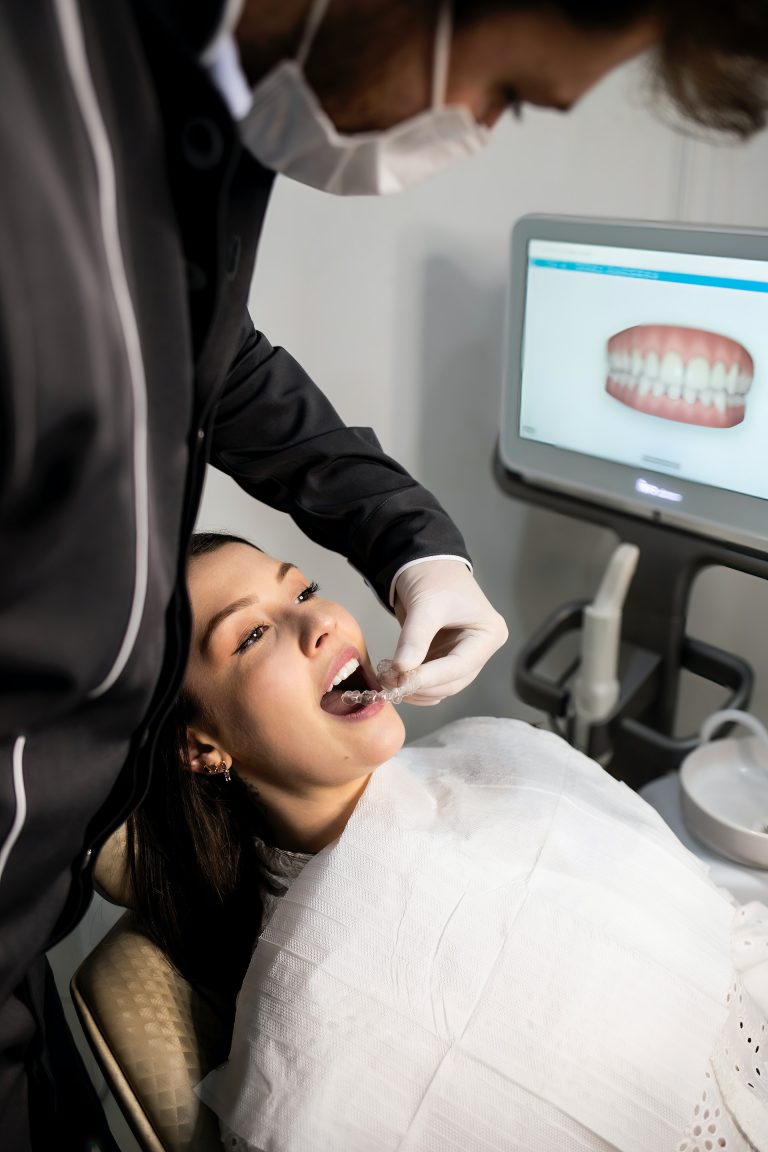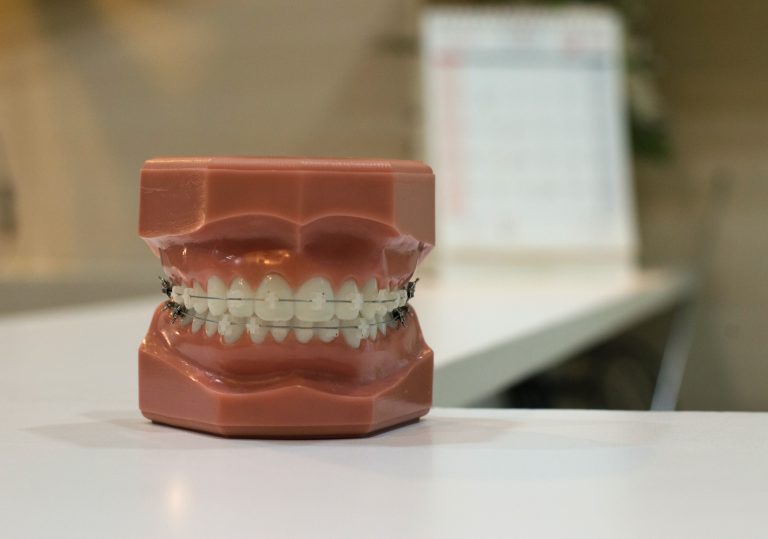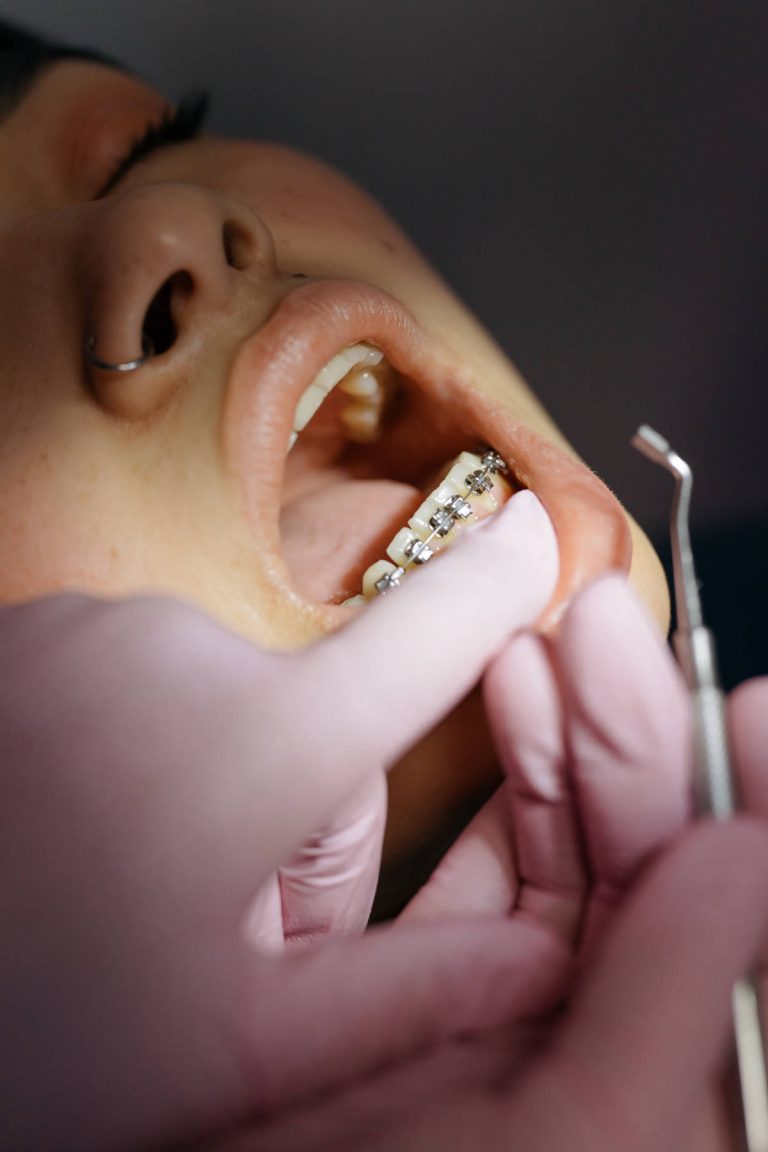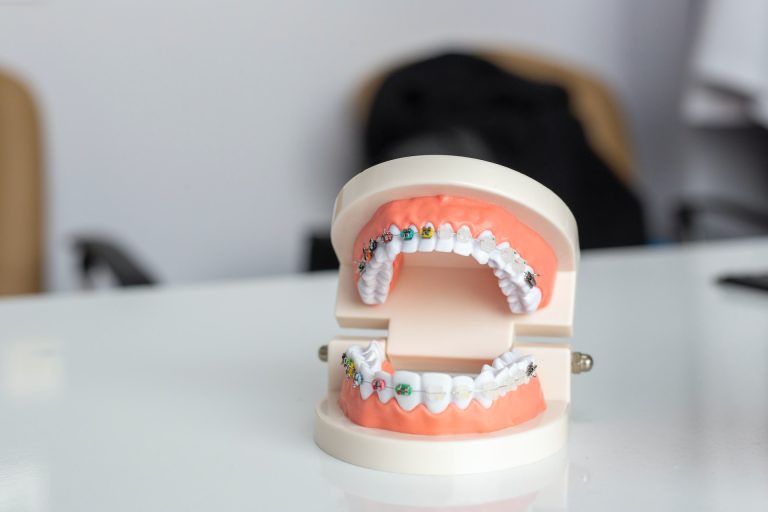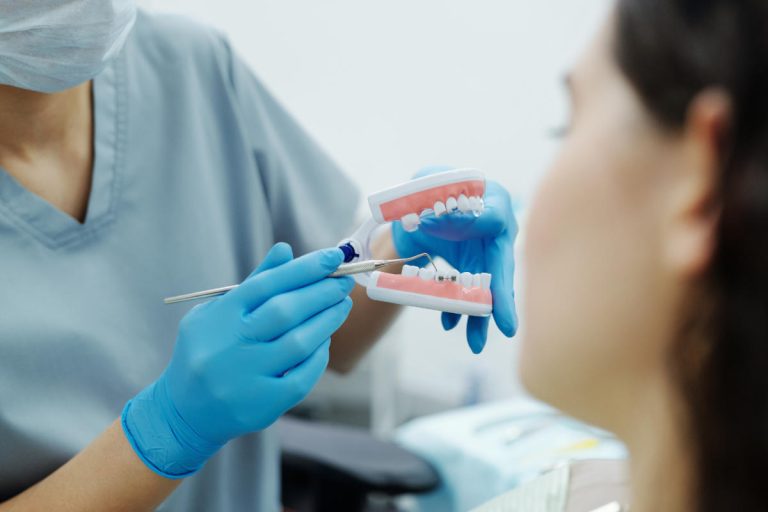Braces are a popular orthodontic treatment, but when is the best time to wear them? Many factors are involved in the decision. Let’s explore what these are and uncover this mysterious topic!
Timing is key for braces. The age of wearing them depends on several things: dental development, oral health and the alignment issues of each person. While some think they’re just for teens, braces can be helpful for any age.
During childhood and teenage years, the jaw and teeth are still developing. This is a great time to fix misalignment or other orthodontic issues, as early intervention can guide teeth and jaw growth, resulting in better outcomes.
Adults can also benefit from braces. Technology has improved, so adults now have options like clear aligners that are discreet. Additionally, older people may need to address TMJ disorders or missing teeth alongside orthodontic treatment.
An interesting fact is that 20% of orthodontic patients today are adults. This shows age doesn’t matter when it comes to having a beautiful smile with orthodontic care.
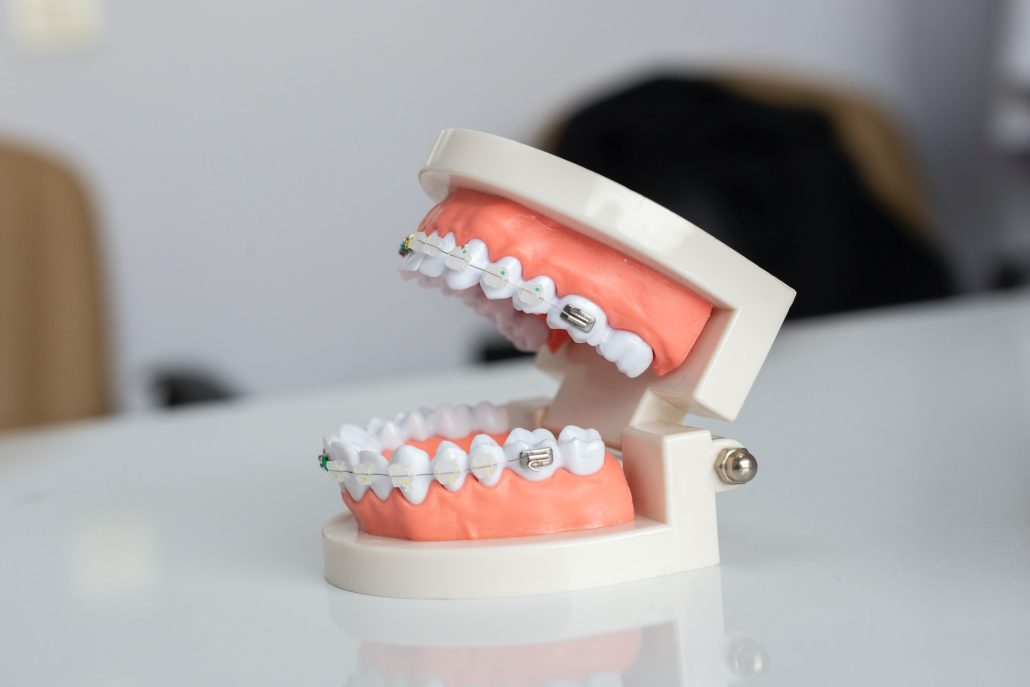
Exploring the Different Age Groups for Wearing Braces
What’s the best age to wear braces? It depends on various factors. Let’s take a look at different age groups and the suitability of wearing braces.
In the table below, you can find the age group and their suitability for braces:
| Age Group | Suitability |
|---|---|
| Children (6-10) | Braces are often recommended at this stage. Their jaw bones grow quickly and can be easily aligned. |
| Teenagers (11-18) | This age group is ideal for braces. Most permanent teeth have erupted then. Orthodontic treatments show fast results. |
| Adults (19+) | Braces can be worn at any age. Results may take longer due to slower movement of teeth. But, the end result is the same. |
Early consultation with an orthodontist is crucial.
For 6-10 year olds, getting braces can correct alignment issues. It helps guide jaw growth and prevent dental problems in the future.
Teenagers are the most common age group for getting braces. It’s the best time to align teeth and improve both looks and oral health.
Adults should not hesitate to get braces. Technology has advanced, so it’s viable at any age. Treatment may take longer due to the maturation of bones and roots.
For successful treatment, good oral hygiene habits like brushing and flossing are important. Additionally, keeping up with dental appointments for adjustments or tightening wires can speed up progress.
Pros and Cons of Wearing Braces at Different Ages
When it comes to braces, age matters! Let’s take a look at the pros and cons for each age group.
| Age Group | Pros | Cons |
|---|---|---|
| Children (6-10) | Easier to adjust to, they see results faster, and it helps with growth. But, parents need to take more responsibility. | |
| Teenagers (11-18) | Increased social acceptance, and their teeth and jaws are fully developed. They may need longer treatment for complex cases. | |
| Adults (19+) | Improve their appearance, feel more confident in professional settings, and have more financial independence. | May need extra treatments, and their treatment time will be longer due to mature bone structure. |
A pro tip: no matter what age, consistent hygiene and regular visits to the orthodontist are key for optimal results.

Factors to Consider When Deciding the Best Age for Braces
The age for braces is important for great orthodontic results. Several things must be considered to decide when treatment is best. These include:
- Age – 10 to 14 is the most common.
- Developmental Stage – Dental growth and skeletal growth are assessed.
- Crowding and Misalignment – Severity of these affects treatment.
- Bite Issues – Underbite, overbite, or crossbite may need early intervention.
- Motivation – How willing are they to commit to oral hygiene and treatment?
- Facial Growth and Esthetics – Important to look at these for decisions.
Plus, other things like oral health, previous ortho evaluations, and an orthodontist’s advice are important. All these aid in successful brace results. Research from BOS shows 80% of children can benefit from ortho treatment.
Conclusion
Figuring out the best age to get braces can depend on various factors. Generally, orthodontic treatment during adolescence is recommended. Bones are still growing, making it easier to guide teeth into the right spots. Plus, many teenagers have lost baby teeth, making it a great time for braces.
Benefits of adolescent braces include better oral health, facial symmetry, and increased confidence. Orthodontic treatment isn’t just for teenagers though. Adults can also take advantage of braces. It may take longer, due to slower tooth movement, and additional dental procedures may be needed.
The AAO states that 1 in 5 orthodontic patients are adults. Reasons for braces include aesthetic improvement and correct bite alignment.
Frequently Asked Questions
Q: At what age should I consider wearing braces?
A: The ideal age for wearing braces is typically during adolescence, when the permanent teeth have come in but the jaw is still growing. This usually occurs between the ages of 10 and 14.
Q: Can adults get braces too?
A: Absolutely! Orthodontic treatment is not limited to any specific age group. Many adults choose to wear braces to align their teeth and improve their dental health and appearance.
Q: Is it necessary for kids to wear braces?
A: Not all children require braces. However, if your child has orthodontic issues such as misaligned teeth, overcrowding, or bite problems, braces may be recommended to correct these issues and prevent further complications.
Q: How long do I need to wear braces?
A: The duration of braces treatment varies depending on the complexity of the case. Typically, treatment lasts anywhere from one to three years. Regular check-ups with the orthodontist will determine the progress and estimated completion date.
Q: Are there any age restrictions for wearing braces?
A: There is no upper age limit for wearing braces. As long as the teeth and gums are healthy, orthodontic treatment can be considered at any age.
Q: What are the benefits of wearing braces?
A: Braces help correct misaligned teeth, improve the bite, and enhance overall dental health. Additionally, braces can boost self-confidence by providing a more aesthetic smile.
